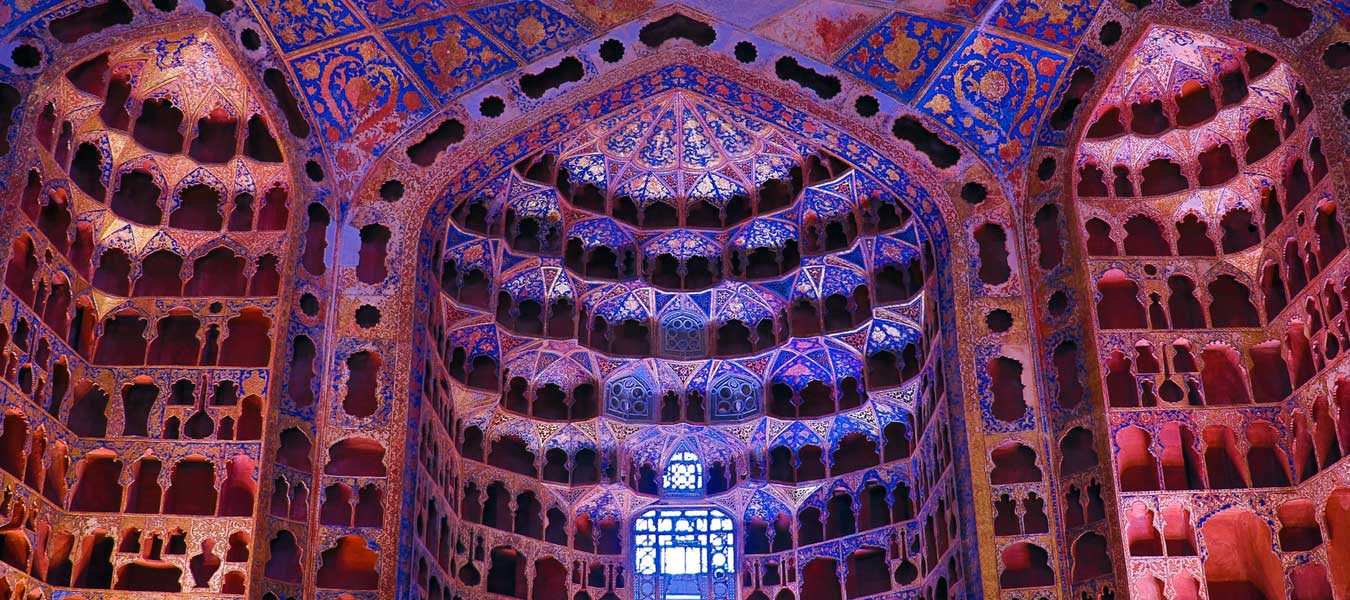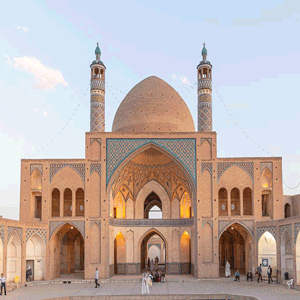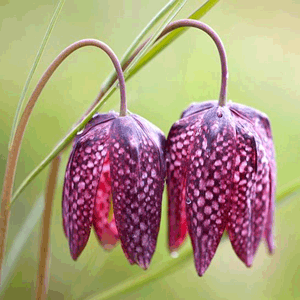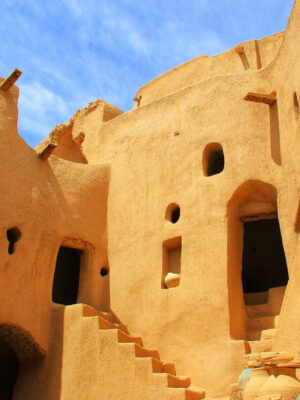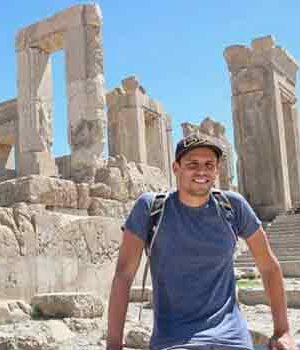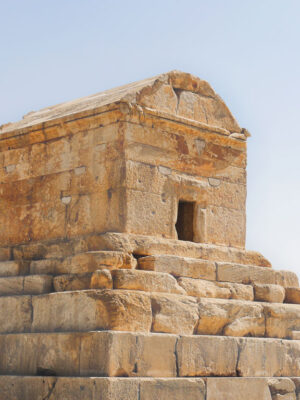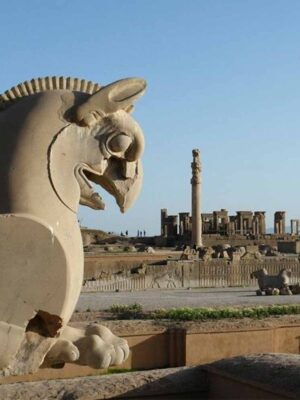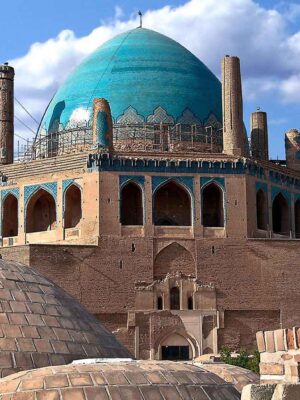The origin of name “Ardabil” is debated, according to some sources the name was derived from “Artavil” which means holy town, while others contend it was derived from “Arata”, an ancient city of the Elamites. The history of Ardabil is intertwined with the life of a great sheik known as Sheikh Safi-al-din Ardabili, a renowned mystic of Islam whose grandchildren took power in Iran and established the Safavid Empire (1501-1736). Shah Ismail, the founder of the Safavid dynasty was related to the Greeks through his mother, Martha, whose tomb is next to Shah Ismail’s, in the Sheikh-Safi-al-din Ardabili complex, a UNESCO World Heritage Site. The glorious complex of Sheikh-Safi-Ad-Din has captivated many European travelers. “After Mecca, and the Tombs of Imam Ali and Imam Hussein, who are Muslim Imams, Sheikh Safi-al-din’s mausoleum is the most sacred place for Persian pilgrims, where no wine is produced,” claimed the Italian Pietro Della Valle, who came to Iran during the reign of Shah Abbas the Great. German traveler Johan Albrecht de Mandelslo states in a very touching way: “Visiting Sheikh Safi’s mausoleum feels like the angels are just a few steps behind you, and it seems like the walls are planted with roses”.
Ardabil
The origin of name “Ardabil” is debated, according to some sources the name was derived from “Artavil” which means holy town, while others contend it was derived from “Arata”, an ancient city of the Elamites. The history of Ardabil is intertwined with the life of a great sheik known as Sheikh Safi-al-din Ardabili, a renowned mystic of Islam whose grandchildren took power in Iran and established the Safavid Empire (1501-1736). Shah Ismail, the founder of the Safavid dynasty was related to the Greeks through his mother, Martha, whose tomb is next to Shah Ismail’s, in the Sheikh-Safi-al-din Ardabili complex, a UNESCO World Heritage Site. The glorious complex of Sheikh-Safi-Ad-Din has captivated many European travelers. “After Mecca, and the Tombs of Imam Ali and Imam Hussein, who are Muslim Imams, Sheikh Safi-al-din’s mausoleum is the most sacred place for Persian pilgrims, where no wine is produced,” claimed the Italian Pietro Della Valle, who came to Iran during the reign of Shah Abbas the Great. German traveler Johan Albrecht de Mandelslo states in a very touching way: “Visiting Sheikh Safi’s mausoleum feels like the angels are just a few steps behind you, and it seems like the walls are planted with roses”.
Ardabil
The origin of name “Ardabil” is debated, according to some sources the name was derived from “Artavil” which means holy town, while others contend it was derived from “Arata”, an ancient city of the Elamites. The history of Ardabil is intertwined with the life of a great sheik known as Sheikh Safi-al-din Ardabili, a renowned mystic of Islam whose grandchildren took power in Iran and established the Safavid Empire (1501-1736). Shah Ismail, the founder of the Safavid dynasty was related to the Greeks through his mother, Martha, whose tomb is next to Shah Ismail’s, in the Sheikh-Safi-al-din Ardabili complex, a UNESCO World Heritage Site. The glorious complex of Sheikh-Safi-Ad-Din has captivated many European travelers. “After Mecca, and the Tombs of Imam Ali and Imam Hussein, who are Muslim Imams, Sheikh Safi-al-din’s mausoleum is the most sacred place for Persian pilgrims, where no wine is produced,” claimed the Italian Pietro Della Valle, who came to Iran during the reign of Shah Abbas the Great. German traveler Johan Albrecht de Mandelslo states in a very touching way: “Visiting Sheikh Safi’s mausoleum feels like the angels are just a few steps behind you, and it seems like the walls are planted with roses”.
Related Tours








